New! Listen to an AI generated podcast summary and discussion of this article . . . Author’s note: If you are not familiar with the preceding part(s) of this article, my suggestion is to first read Part 1, which contains…
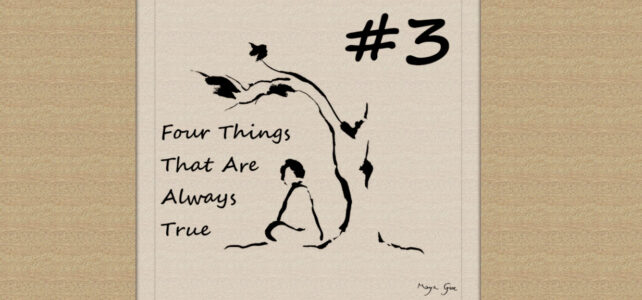
Champaign Urbana Taiji Qigong

New! Listen to an AI generated podcast summary and discussion of this article . . . Author’s note: If you are not familiar with the preceding part(s) of this article, my suggestion is to first read Part 1, which contains…
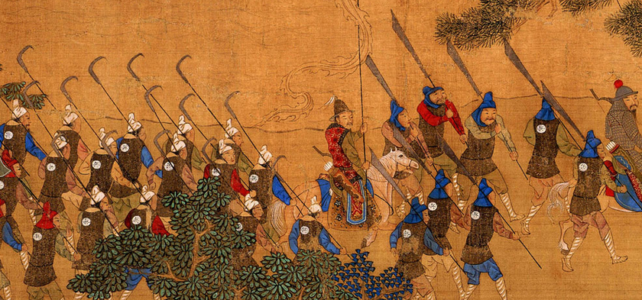
Knowing the origins and original purpose of taijiquan (tai chi) and the internal martial arts will help you to walk a straight path in your practice.
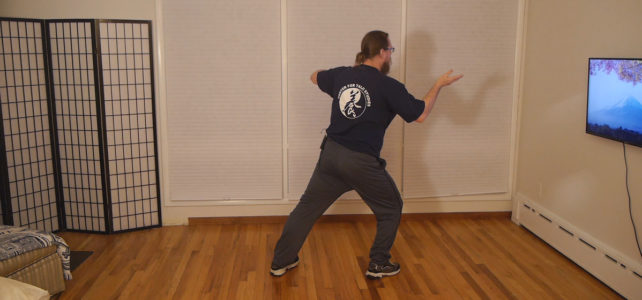
Instead of a typical blog entry on theory and mechanisms of taiji practice, I thought we’d just share a typical taiji class in this post. Below is a video playlist of portions of our Feb 18, 2021 virtual Zoom class…
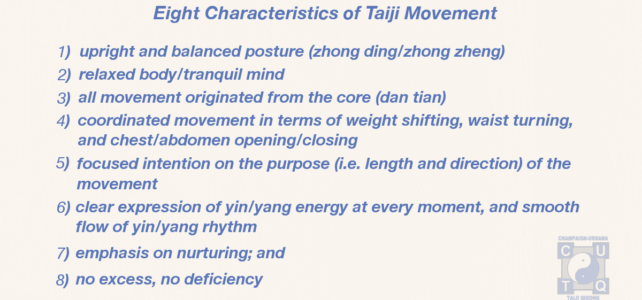
In Part I of our article “What’s the Difference?” I listed seven characteristics of taiji (tai chi) movement. Based on questions/comments received, I thought it worthwhile to expound a bit on each of these. The goal here was to make…
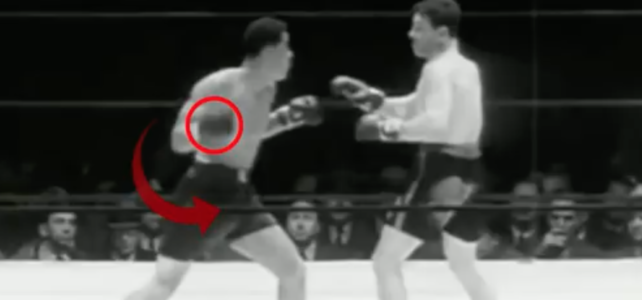
Background – Summary/Review of Internal Power As detailed in a previous two-part article series, internal power has two components – yin and yang aspects. The yang component is primarily core strength – learning to utilize core musculature to maximize power…

Lessons from sport training Perhaps the most important thing learned from sports, and certainly my own experience in individual combat sports, is the importance of the mind. One must have the physical prowess to compete successfully at more advanced levels…
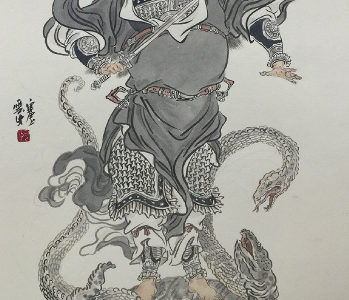
Having examined the mechanisms of internal force (nei jin) in the previous two-part blog entry, we can now take a look at the practice and strategies of taiji (tai chi) as a martial art. This post will be a broad-brush…
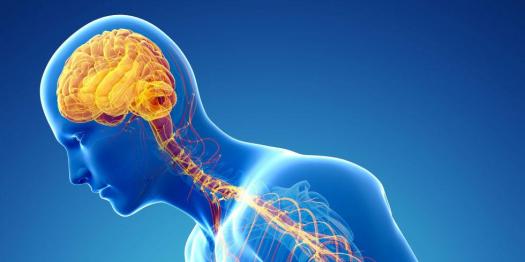
In Part I we examined the classical saying “power is released from the spine,” noting how flexion of the spine and core strength are integral mechanisms of “internal” power. This could be described as the “yang” of taiji (tai chi)…
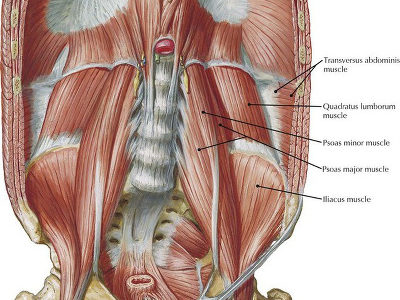
I realized we are four articles into our blog, and have not yet addressed any technical aspects of form. So let’s now take a look at physical mechanisms of taiji (tai chi) movement. There are two primary physical mechanisms of…

There is a famous traditional saying describing the process of learning taiji (tai chi): from similar in appearance to similar in spirit The taiji classics also say: “no excess, no deficiency.” When we start to learn taiji movement, we try…